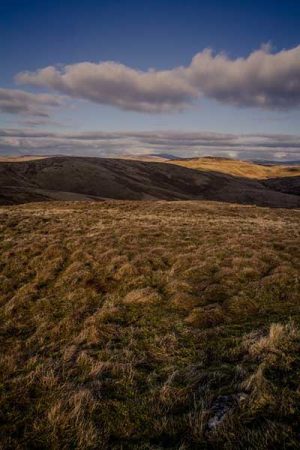Peat = Life.
This month a news feature on the giant slab of carbon-rich peat discovered in the Congo reminds me of the importance of our own peat bogs here in the UK and especially the North Pennines. In central Africa a large area of the Congo River Basin is full of peat, it’s an area the size of England! This is under threat from development which is why it’s in the news – peat is not as attractive a subject as the rain forest. However, 30 billion metric tons of carbon are trapped under this area of peatland which is apparently as much as the world emits in three years. Its destruction would be a significant risk for future climate change. Let’s hope our amazing environmental journalists keep reminding us about it.

The peat bogs in the North Pennines, about 900 square kilometres, are blanket bogs – large areas of peatland fed primarily by rainfall and formed in areas of poor drainage. Since the UK as a whole has 13% of the world’s blanket bog and more than a quarter of it is found here it is important to maintain and restore it. Interestingly some of our peatland could be over 5,000 years old. In addition to carbon capture properties peat and moorlands provide a unique home to some of the UK’s rarest species including the black grouse, curlew, golden plover, short-eared owl, water vole and lizards. Plant-wise, sundew, cloudberry, cottongrass, bilberry and peat building spagnum moss are crucial for a wide range of insects and micro organisms.
To read more about projects to protect peatland: https://www.northpennines.org.uk/what_we_do/peatland-programme/pennine-peatlife/

To do something about the destruction of areas of peat in the UK why not make sure you’re not buying garden compost that contains peat and support your local Wildlife Trust.
Thanks to © North Pennines AONB Partnership and Laura Kennedy of Summit Crazy, Northumberland for the images.
Text © W Laurence.
